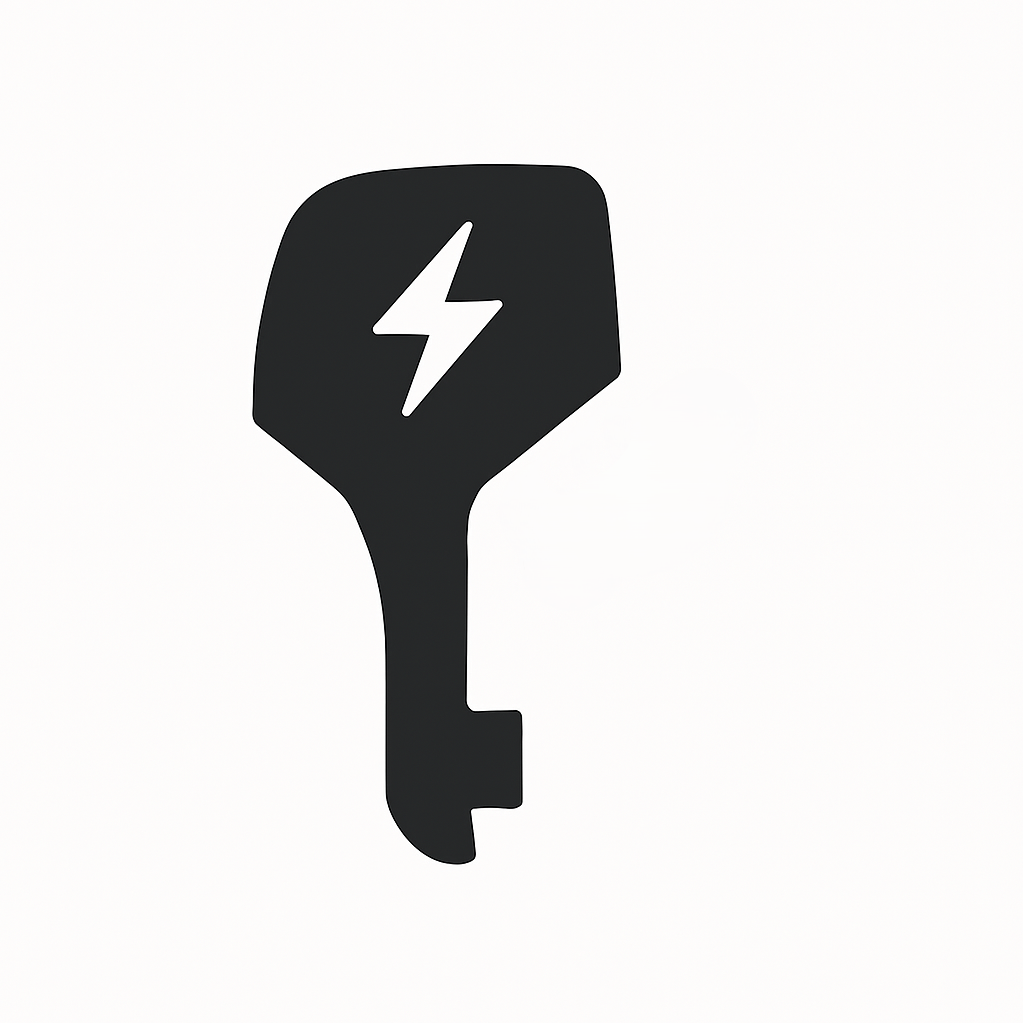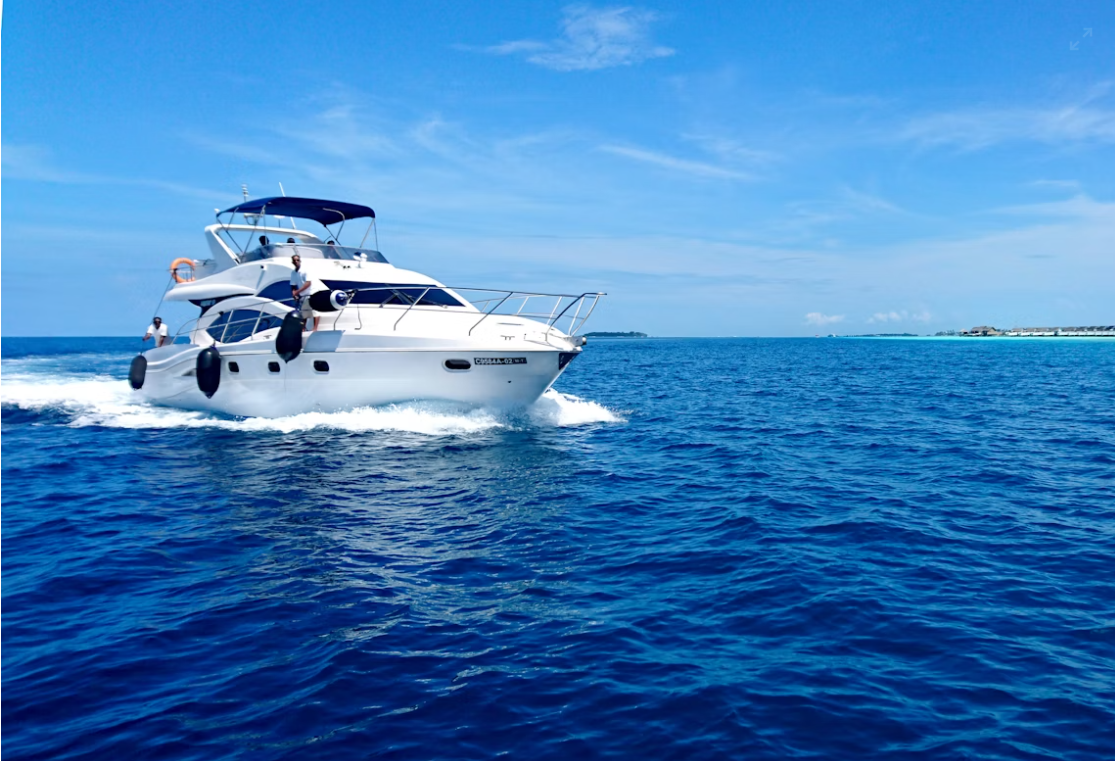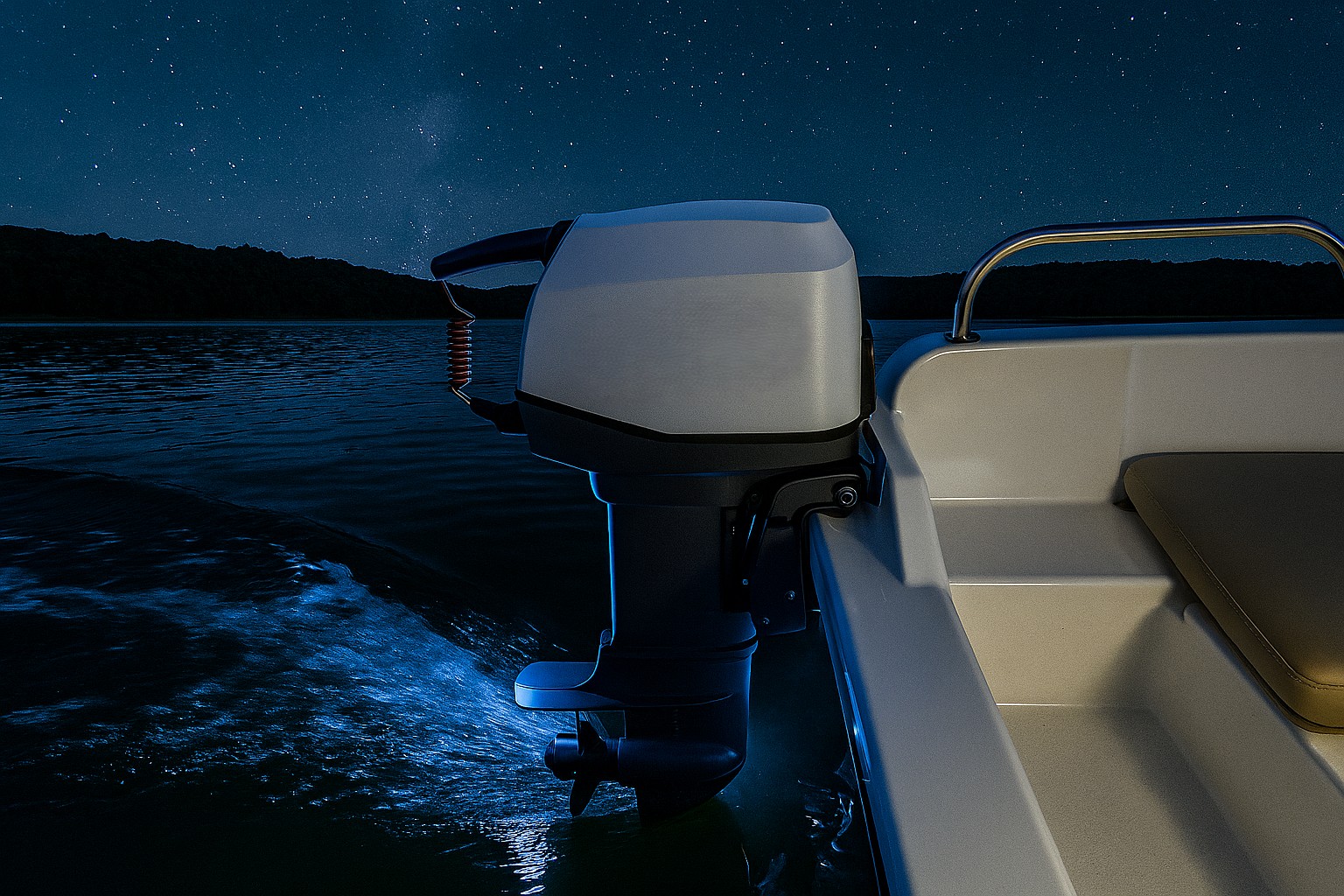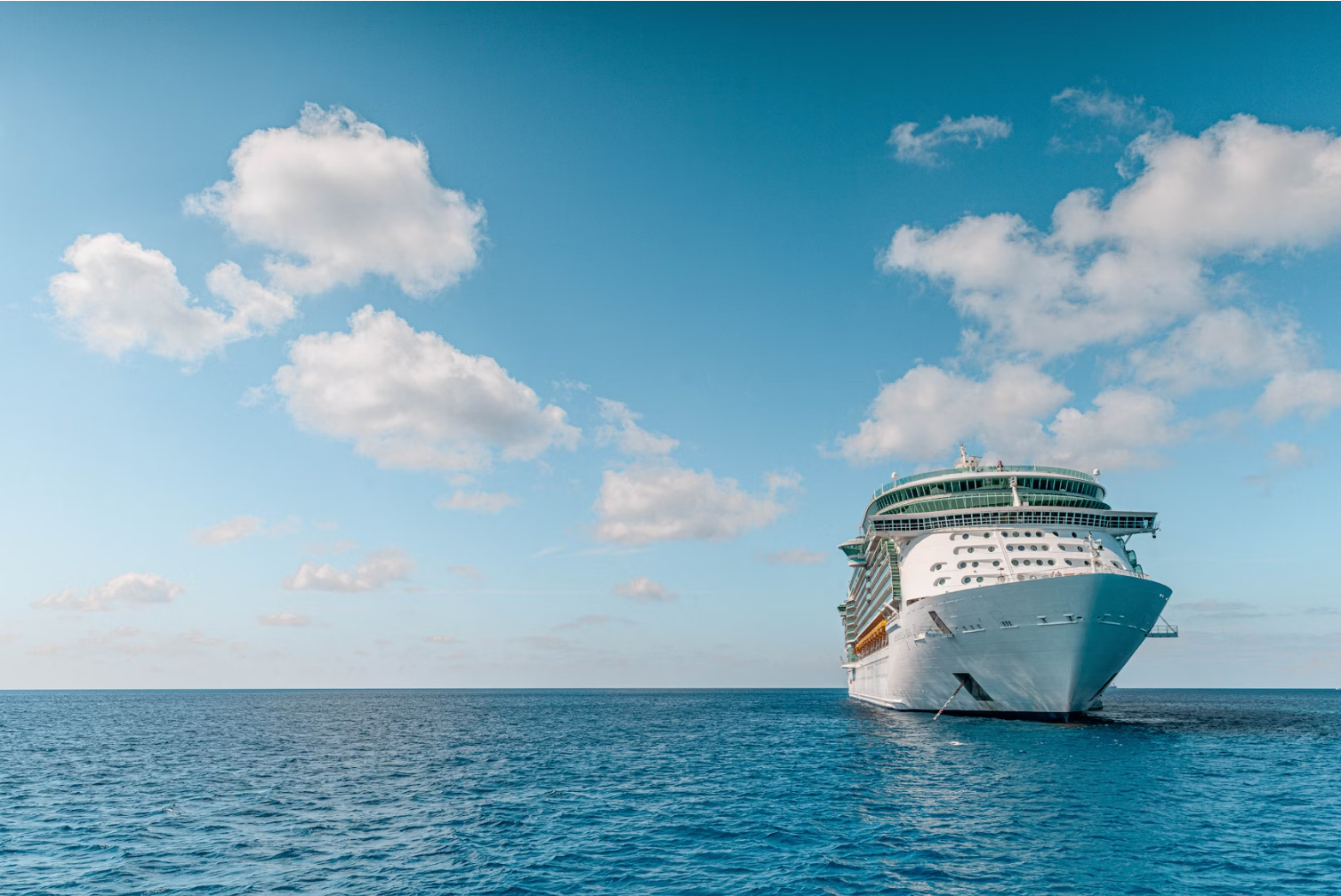What if your boat could roar across British waters without the roar? Now, high power electric outboard motors are no longer just prototypes. They’re here to replace noisy petrol engines, cut emissions, and give you instant torque with almost no vibration. This guide will show you top 5 high power electric outboard motors you shouldn’t miss this year.
What are high power electric outboard motors?
A high power electric outboard motor is defined as any electric outboard system with a nominal rating from about 70 hp to over 300 hp per motor. Electric outboards below 70 hp (≈50 kW) are ideal for dinghies, dayboats, and displacement craft. In contrast, high power electric outboard packages are used for planing hulls, RIBs, fast tenders, and commercial workboats. The category ranges from 200 hp electric outboards to 300 hp electric outboards. There are also multi-motor setups advertised as 600 hp or 1200 hp electric outboards, typically involving twin or quad installations.
Why do you need high power electric outboard motors?
Better Performance in Harsh Routes
A high power electric outboard delivers planing performance and sea-state authority that low-power units cannot. Think 120–300+ hp per motor for 7–12 m RIBs and fast weekenders versus 3–20 kW for tenders. If your use case includes passages against tide and wind in the Solent, lifting skiers, or operating time-sensitive commercial routes, the high-power electric outboard class offers thrust and acceleration comparable to petrol.
Economical
Compared to petrol outboards, high-power electric outboards are quieter, provide instant torque, and require significantly less routine maintenance—there’s no need for oil changes, spark plugs, or exhaust systems. The total cost of ownership can be lower when shore power is accessible and energy prices are favorable. In UK marinas, 230 V shore power (16–32 A) allows for reliable overnight AC charging for typical battery banks, while DC fast charging is becoming available at selected locations. As a general guideline, expect a full AC charge to take 8–10 hours, whereas rapid DC charging can significantly shorten charging times when installed.
Applications of high power electric outboard motors
In the UK, a high power electric outboard suits:
- Performance RIBs and fast leisure craft in the Solent, North Wales and the West Country.
- Eco-tourism dayboats in Lakes, Broads and Lochs where quiet operation is prized.
- Harbour workboats, patrol and crew transfer where low-emission operations align with port decarbonisation goals.
- Luxury tenders for yachts seeking silent, low-vibration transfers.
Public and private projects to expand electric-boat charging in the UK are underway, improving viability each season.
Key Features to Consider
When you shortlist a high power electric outboard, use the same diligence you’d apply to a petrol repower and make a few checks:
Power output
Match continuous (not just peak) power to your hull and duty cycle. Verify whether quoted “hp” is mechanical shaft power or an “equivalent hp” marketing figure.
Battery capacity and range
Battery banks for a high power electric outboard vary from ~40 kWh modules up to 270 kWh or more per single-engine package; twin/quad systems scale capacity further. Real-world range depends on hull, speed and sea state.
Quiet operation
Even at planing speeds, a high power electric outboard eliminates exhaust noise and reduces onboard vibration, improving communication and comfort. Several manufacturers foreground low-noise design and internal cooling to maintain acoustic comfort under load.
Charging time and options
Plan around UK marina shore power—typically 230 V/50 Hz at 16 A (often 32 A on larger berths)—for overnight AC charging. For commercial duty, confirm DC fast-charging options and connector standards (e.g., CCS).
Build quality and durability
Marine IP ratings (e.g., IP67 on batteries), corrosion resistance, and thermal management (glycol cooling, heat exchangers) are critical for a high power electric outboard operating in UK saltwater. Look for proven battery suppliers and certified high-voltage architectures.
Smart features
Modern high power electric outboard platforms integrate helm displays, remote diagnostics and energy-management suites—examples include ExploMar’s Smart Captain. Such systems support range planning and predictive maintenance.
Top 5 High Power Electric Outboard Motors (2025)
Below are our UK-relevant, editor-curated picks for 2025. Each high power electric outboard entry links to credible, recent sources and reflects real-world availability and specifications.
1. Evoy Storm 300+ HP
The Evoy Storm has one of the most powerful electric outboards you can actually buy, with ~300 hp continuous (≈222 kW) and peak outputs reported up to 450 kW on compatible setups. Independent tests have documented 50-knot-class speeds on suitable hulls, and typical battery pairings include twin 63 kWh Kreisel packs. For UK buyers targeting a 300 hp electrical outboard that can push larger RIBs or performance dayboats, Storm is the reference point—albeit at a premium price and with careful attention to battery footprint.
2. ExploMar WAVE 300 (lightweight 300 hp system with large battery options)
ExploMar’s WAVE 300 is a high power electric outboard rated at 300 hp, with 150 kW continuous and 225 kW peak motor output in the current spec sheet. The company offers sizeable NMC battery options (e.g., 180 kWh and 270 kWh), plus an integrated “Smart Captain” display and controls. For UK leisure or commercial operators planning longer legs—or for twin-engine builds marketed as a 600 hp electrical outboard system—this platform’s energy options are attractive.
3. Vision Marine Technologies E-Motion 180E (proven 180 hp class)
Vision Marine’s E-Motion 180E is a high power electric outboard in the mid-range: 180 hp at 650 V with a ~60 kWh battery, IP67 battery packs and liquid cooling. It’s a mature, integrated package for 6–9 m craft where a 200 hp electrical outboard class solution is desired without jumping to 300 hp.
4. Torqeedo Deep Blue 50 R (≈80 hp equivalent, flagship of a modular high-voltage ecosystem)
While Torqeedo’s 100 kW “Deep Blue 100i” is an inboard, the outboard flagship for planing craft is the Deep Blue 50 R (~48.5 kW shaft, ≈80 hp petrol equivalent). Paired with Deep Blue Battery 40/80 modules (≈38/77.6 kWh), it brings the maturity of Torqeedo’s ecosystem to the upper end of “entry” high power. It’s ideal for UK buyers who want a premium, service-supported high power electric outboard under 100 hp.
5. ACEL Power IE250 (250 hp with 800 V architecture)
ACEL’s IE250 positions itself as a compact, 800 Vdc, IP67-rated high power electric outboard with 250 hp nominal (peaks up to 350 hp). It extends the available choice in the 200–400 hp bracket for UK users who need serious thrust but don’t require a full 300 hp electrical outboard.
| Model | Nominal power (hp) | Typical battery pairing | Reference |
|---|---|---|---|
| Evoy Storm 300+ | ~300 (peak up to 450 kW) | 2 × ~63 kWh Kreisel (varies) | MBY test; Evoy site |
| ExploMar WAVE 300 | 300 (150 kW cont., 225 kW peak) | 180–270 kWh NMC | ExploMar product pages |
| Vision Marine 180E | 180 | ~60 kWh, 650 V | Vision Marine; PMY/OceanBlue coverage |
| Torqeedo Deep Blue 50 R | ≈80 hp equivalent | Deep Blue Battery 40/80 (38/77.6 kWh) | Torqeedo specs |
| ACEL IE250 | 250 (peak ~350) | 800 Vdc system (pack varies) | ACEL site; Plugboats |
Sources: Evoy & MBY test; ExploMar; Vision Marine; Torqeedo; ACEL; Plugboats; PMY/OceanBlue.
UK Buyer’s Guide by Power Bands (2025)
Here’s how the wider high power electric outboard field breaks down by nominal horsepower.
70–200 hp electrical outboard motors
Aquamot
Aquamot is often considered by UK buyers, though its current outboard range typically tops out below 70 hp (with models around 8–28 kW). It’s therefore just shy of this high-power band, but worth noting for displacement boats stepping up from trolling-class motors.
Torqeedo Deep Blue 50 R
As above, the Deep Blue 50 R sits near the base of high power electric outboard territory at ≈80 hp petrol equivalency, backed by Torqeedo’s modular high-voltage energy system.
ExploMar
ExploMar’s lineup includes a 70+ hp class option (and higher), but its headline value in the UK is the step to 150+ and 300 hp systems with larger batteries for coastal use.
Vision Marine Technologies E-Motion 180E
Squarely in the middle of this band, with 180 hp nominal and a ~60 kWh pack.
Pure Watercraft (clarifying the “75 hp” confusion)
Despite some third-party listings, Pure’s “Pure Outboard” is a 25 kW system, typically positioned as up to ~50 hp petrol equivalent (with 1–2 battery packs). It’s an excellent premium mid-power system, but not a true high power electric outboard at 70+ hp.
200–400 hp electrical outboard motors
Vision Marine E-Motion 180E (upper mid powering twin installs)
Single-engine 180 hp is mid-range; twin-engine installations begin to rival a 300 hp electrical outboard system in thrust and redundancy.
ExploMar
ExploMar’s 150+ and 300 hp options allow single- or twin-engine rigs that land in the 200 hp electrical outboard to 300 hp electrical outboard brackets with sizeable energy storage.
Aquamot
No current Aquamot outboard publicly documented at 200–400 hp; consider this brand only if your power target is appreciably lower.
Elco EP-300 (important correction)
Beware of naming: historical “EP-300” from Elco references a 3 hp class motor in older documentation, not a 300 hp electrical outboard. For 70+ hp equivalents, look instead to high-voltage outboard systems from other brands.
ACEL Power IE200 / IE250
ACEL now lists IE150 and IE250; the IE250 is a credible high power electric outboard in this band with 250 hp nominal and up to ~350 hp peak.
400+ hp electrical outboard motors
ExploMar
Twin WAVE 300s are presented as a 600 hp electrical outboard system, while quad WAVE 300s are offered as a 1200 hp electrical outboard solution with up to ~700–1000+ kWh of battery depending on pack choice. These figures describe system totals rather than a single propulsor.
Evoy
Evoy communicates 120–300+ hp continuous with peaks that, depending on setup, approach 600 hp. In the UK, this places Evoy at the top of single-propulsor performance, with multi-motor concepts extending further.
Conclusion
For UK boaters in 2025, the high power electric outboard category is no longer experimental—it’s a viable replacement for many petrol applications, from 180 hp dayboats to 300+ hp coastal RIBs and even twin/quad multi-motor systems marketed as 600 hp electrical outboard and 1200 hp electrical outboard solutions. If you mainly cruise locally and can rely on overnight 230 V shore power, the transition is straightforward; if you run longer or commercial routes, prioritise energy capacity and emerging DC charge points. Start by demoing one of the five stand-outs above, validate weight and range on your hull, and insist on UK-compliant documentation. The quiet, torque-rich push of a high power electric outboard is compelling—and in 2025, your choices have never been better.
Frequently Asked Questions
How do I choose between a 180 hp and a 300 hp high power electric outboard for UK waters?
Start with your hull and routes. A 180 hp class high power electric outboard (e.g., E-Motion 180E) can plane mid-size RIBs for coastal hops, but if you regularly run fast in head seas or carry heavy loads, a 300 hp electrical outboard (Evoy Storm or ExploMar WAVE 300) offers the torque margin and battery options to keep pace without range anxiety—budget and charging access permitting.
Is “600 hp electrical outboard” or “1200 hp electrical outboard” a single motor?
No—those labels typically describe twin or quad installations of 300 hp-class outboards (e.g., twin/quad ExploMar WAVE 300) and the system total hp. Confirm the configuration and battery capacity when you see these claims.
Why do some sites call a 25 kW unit a “75 hp” electric outboard?
Beware of inflated “equivalent horsepower” marketing. Pure Watercraft’s system, for example, is a 25 kW outboard generally positioned as up to ~50 hp petrol equivalent, not 75 hp. Always check the manufacturer’s mechanical shaft power and battery pairings.




